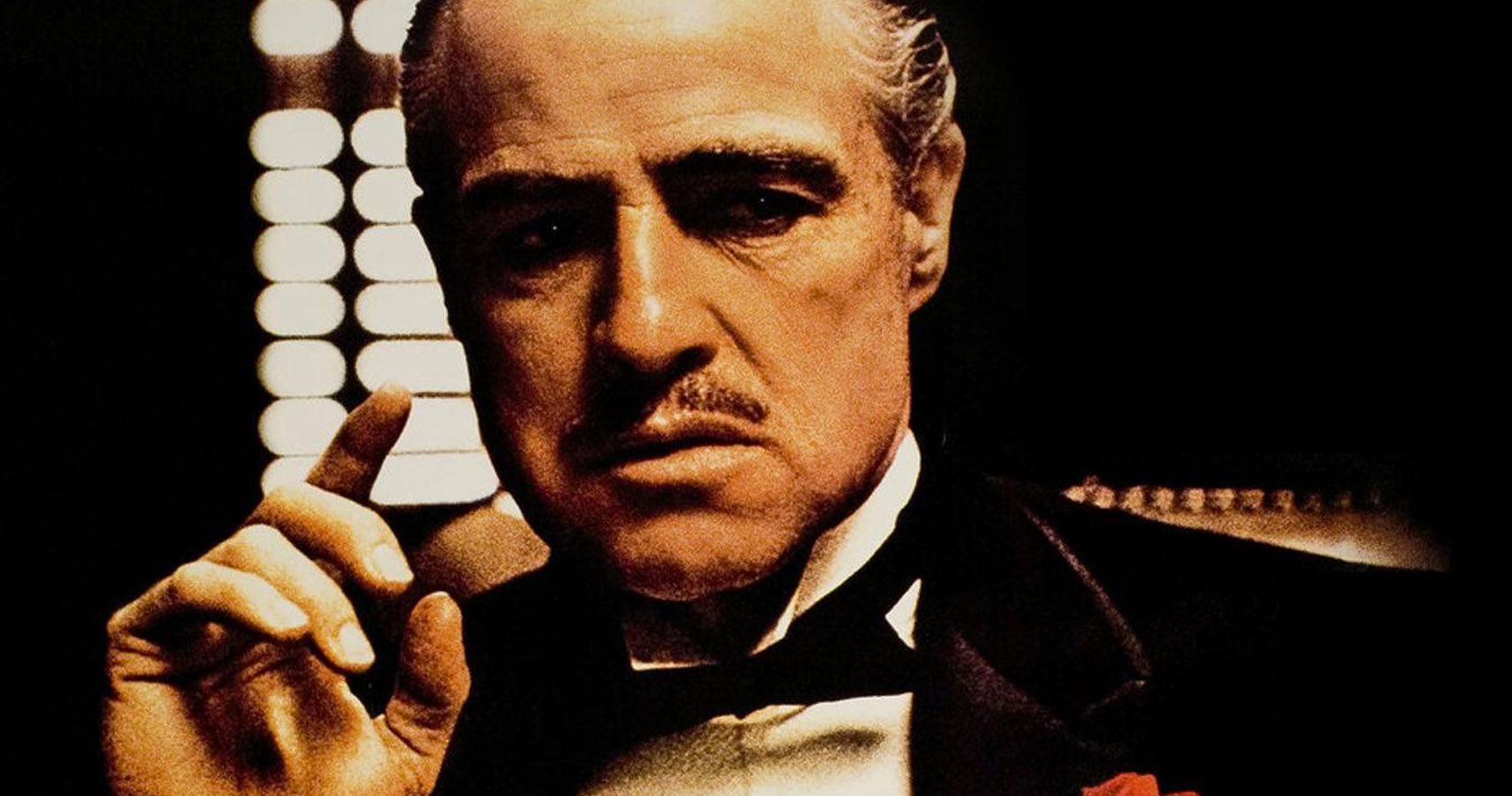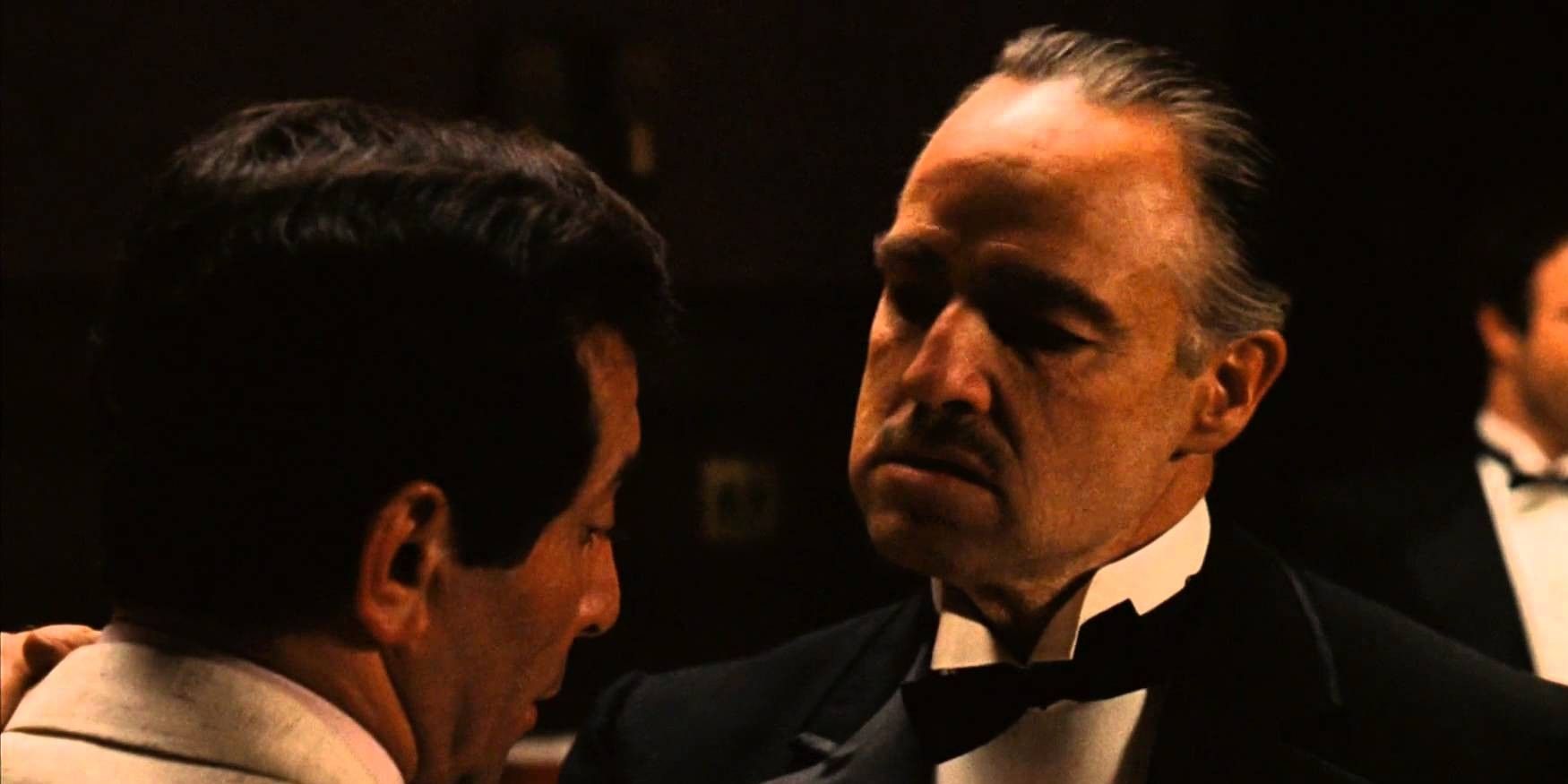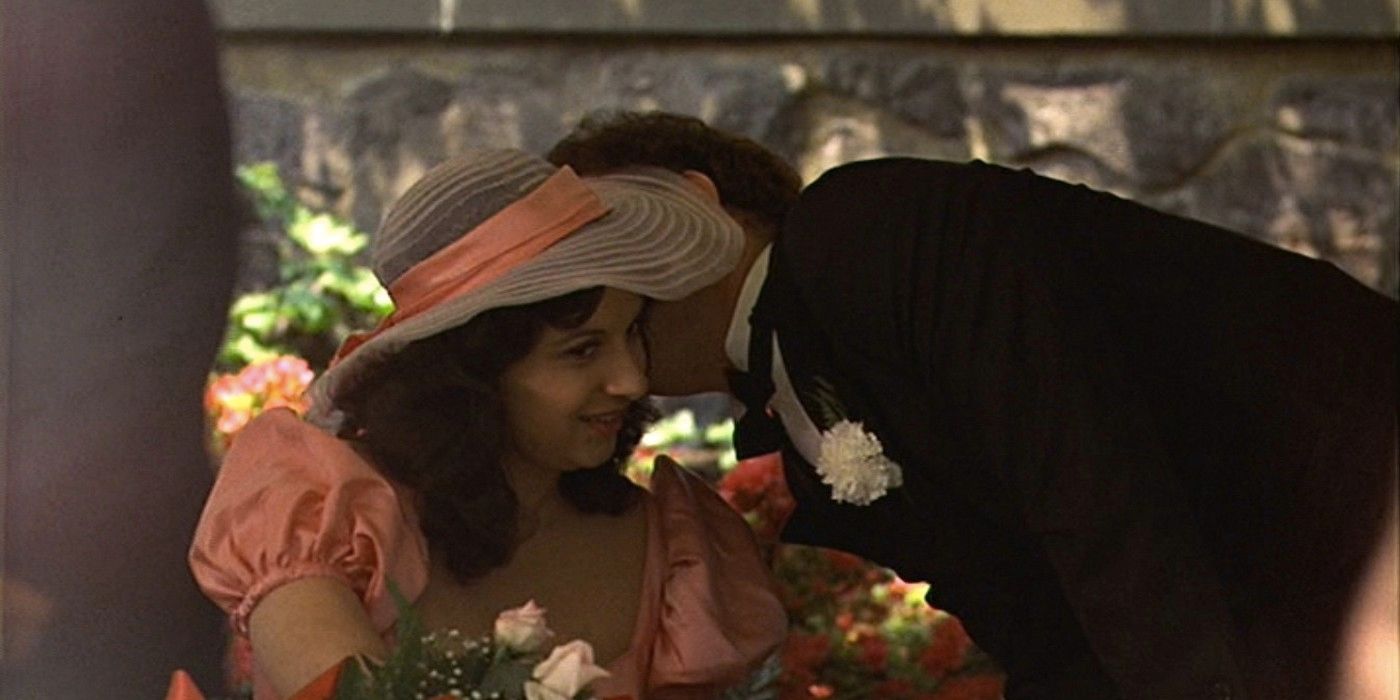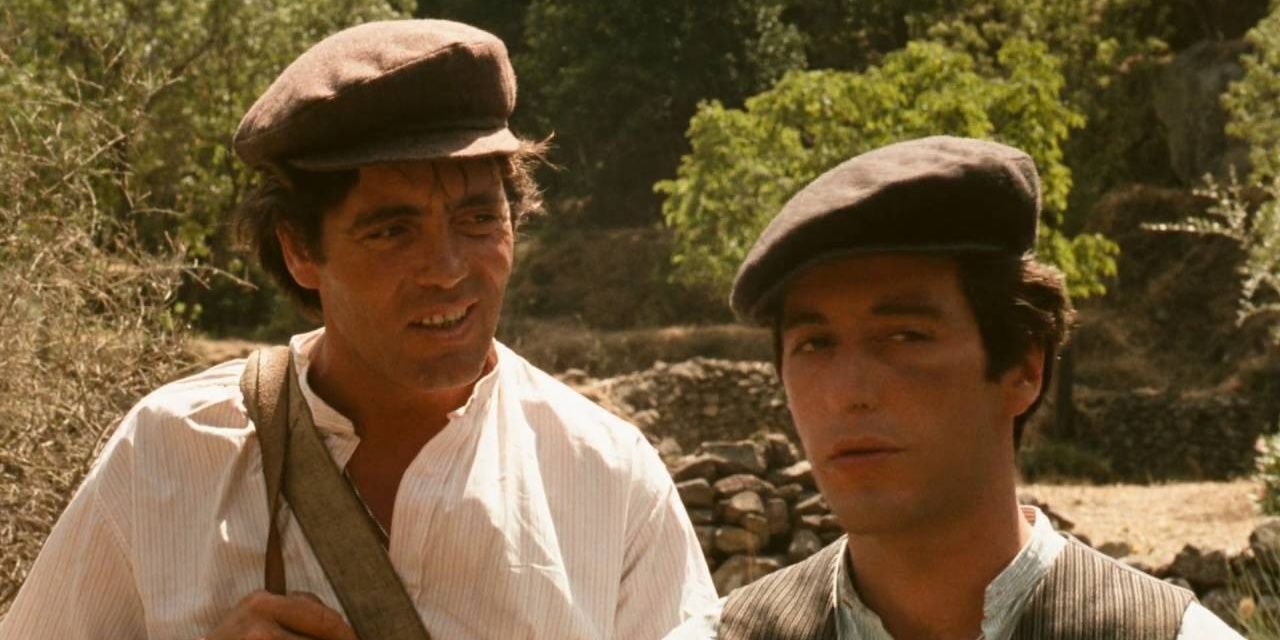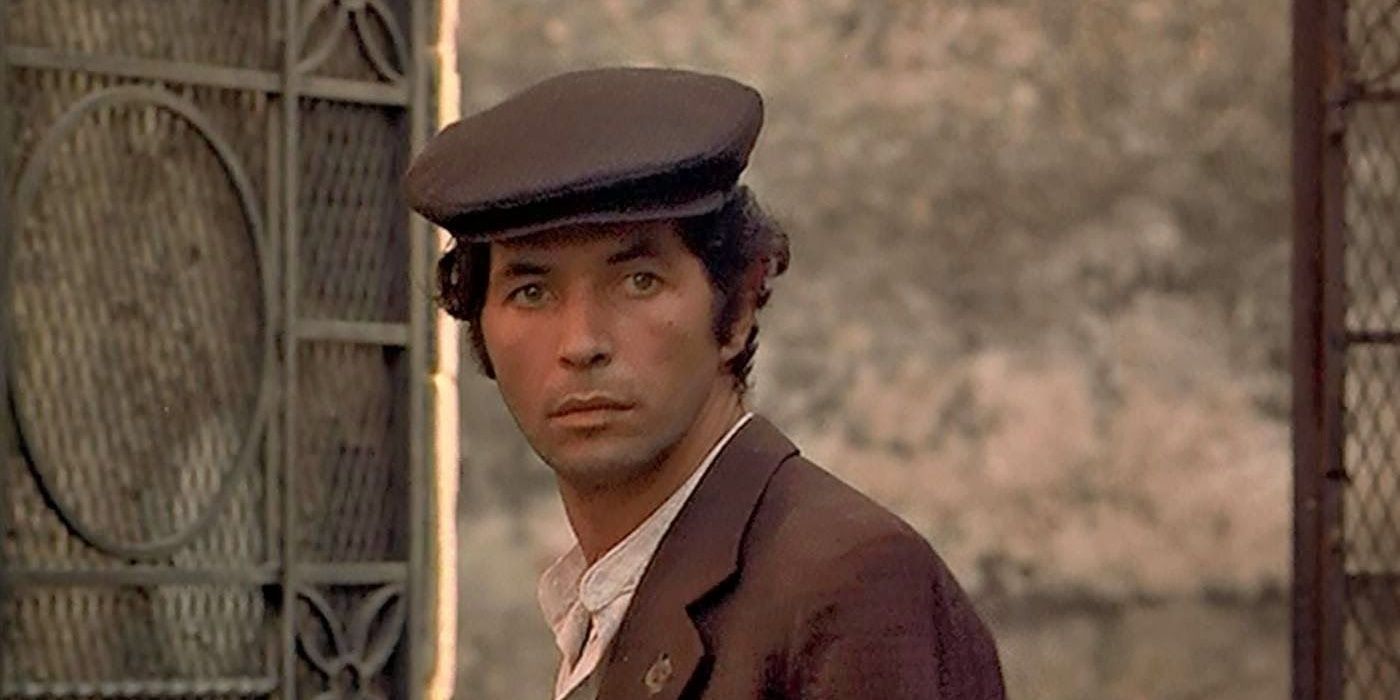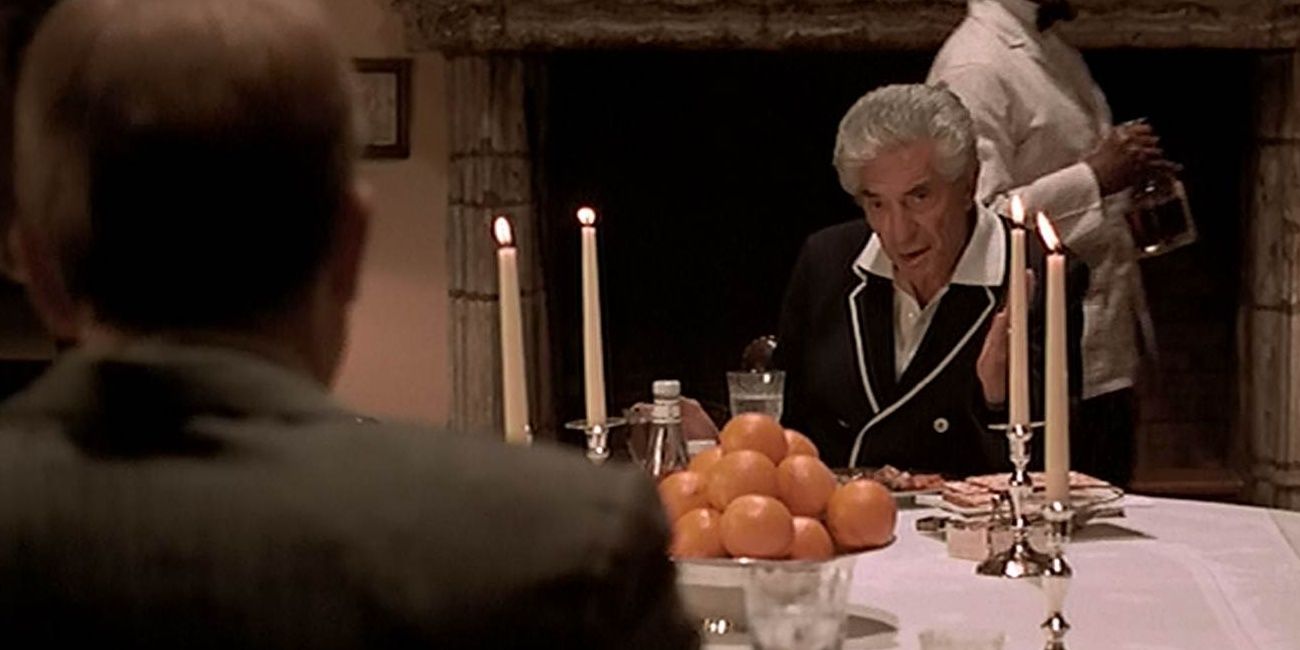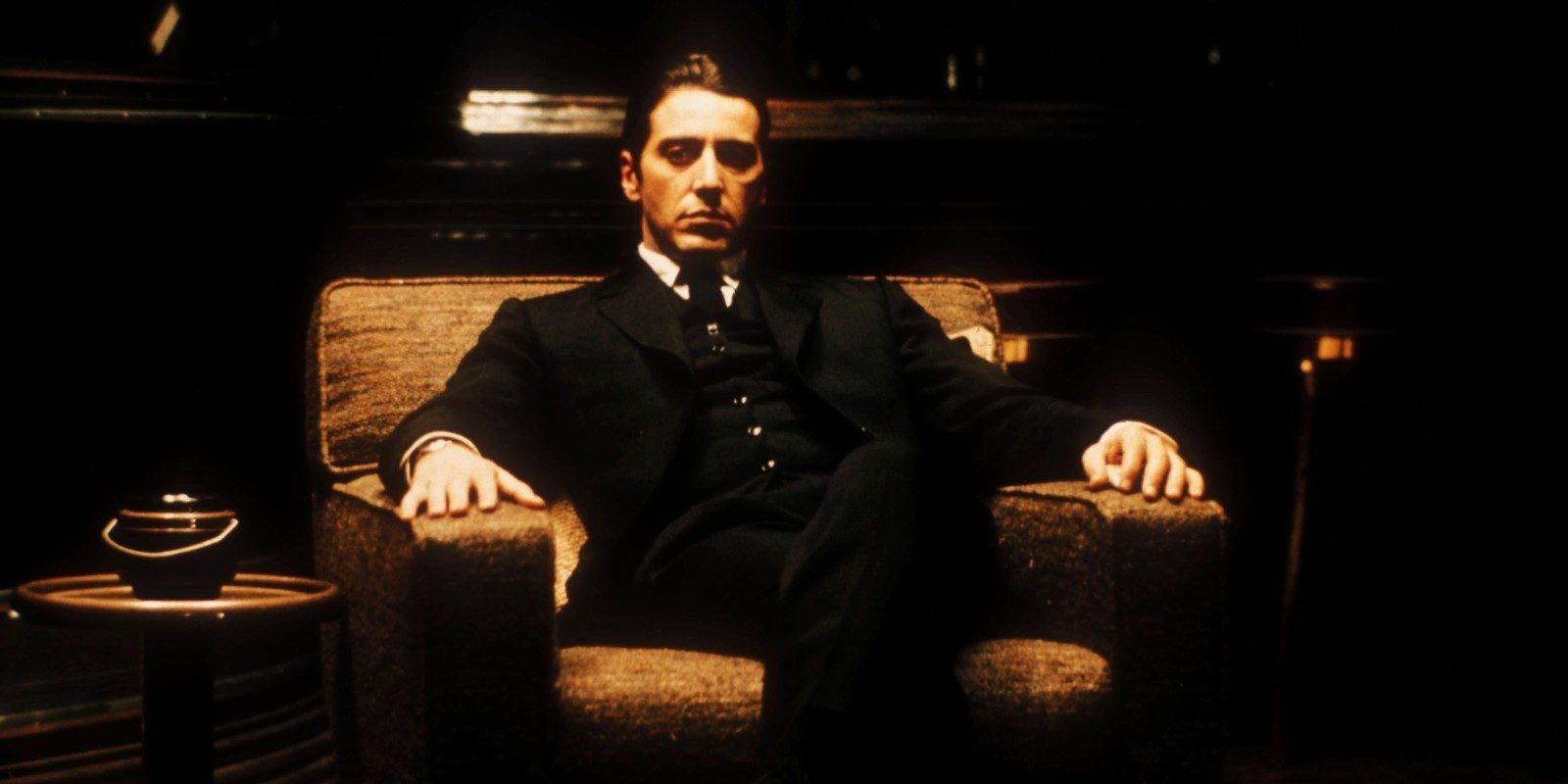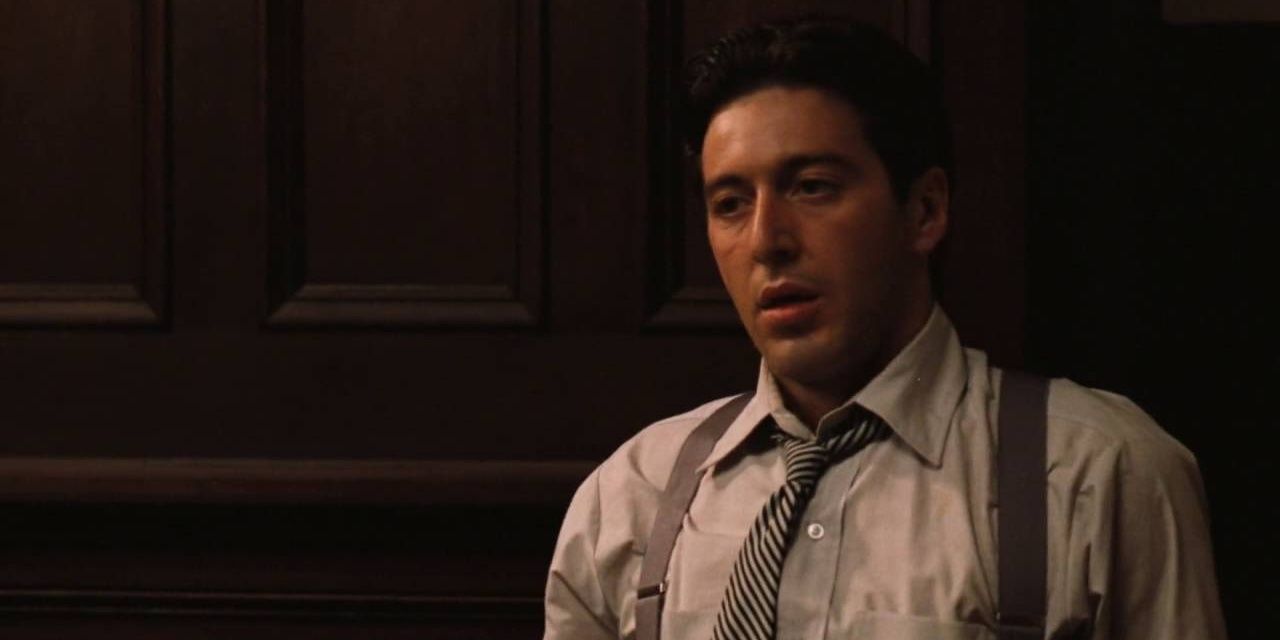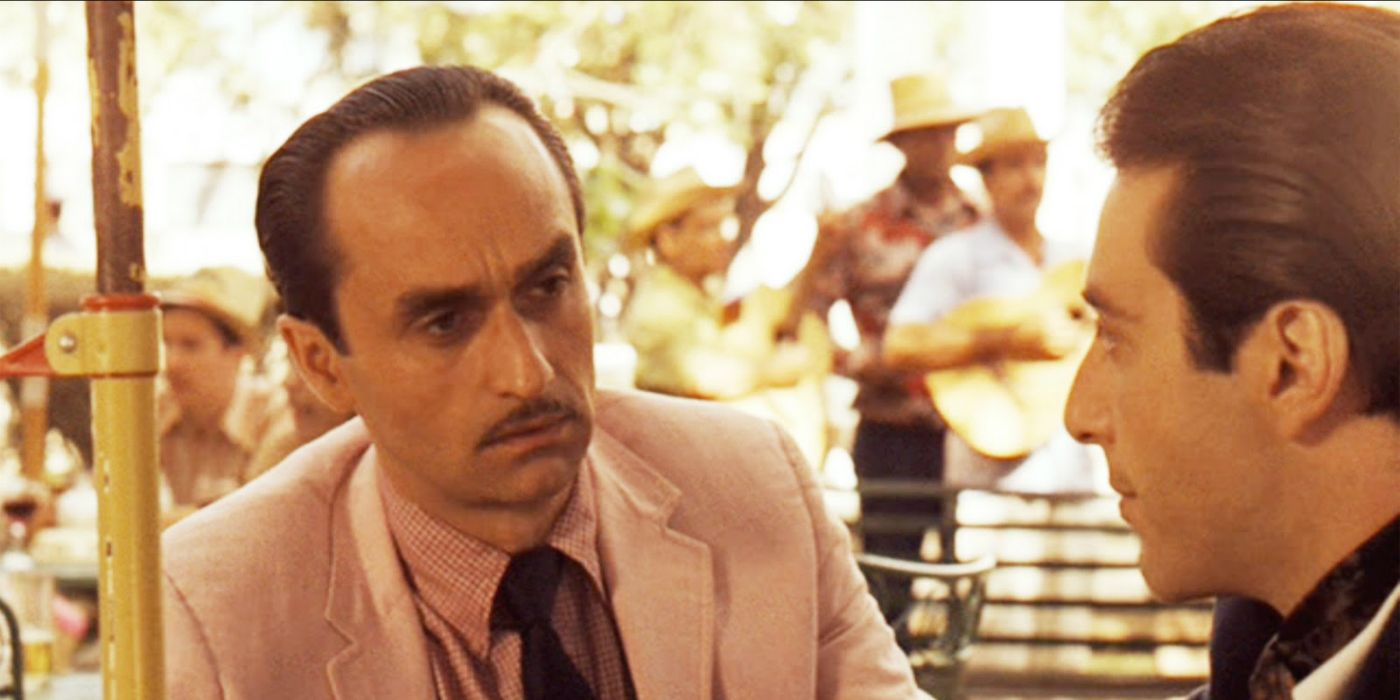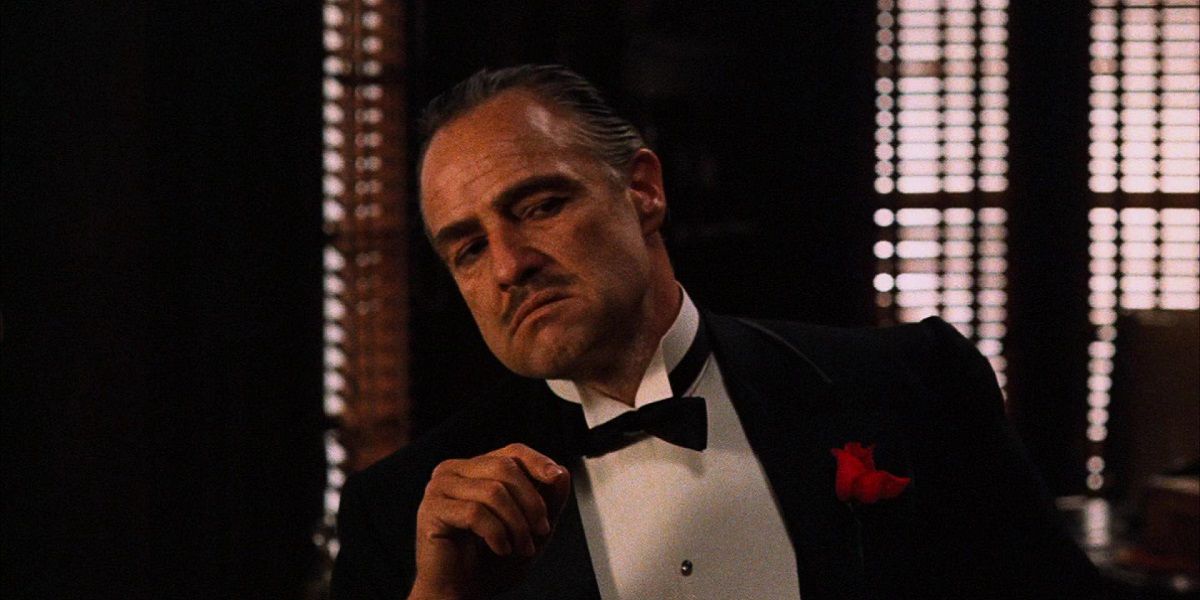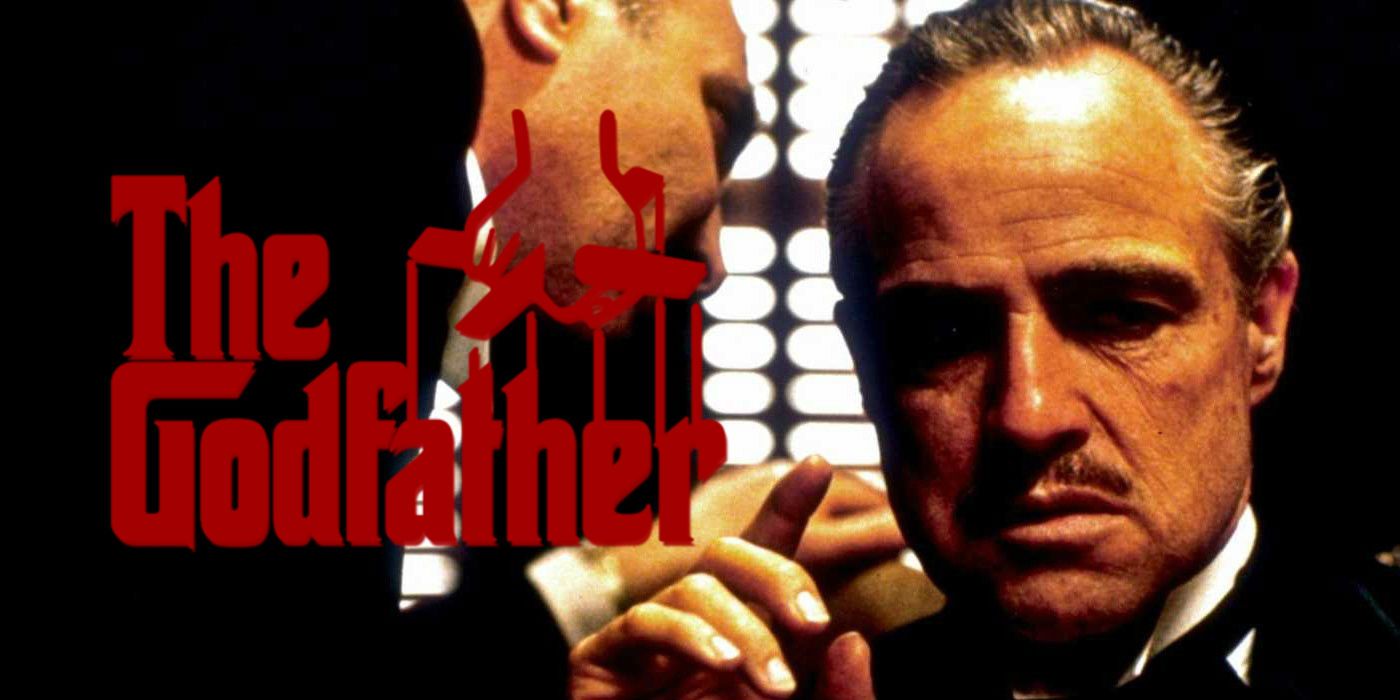Often regarded as one of, if not the, best films of all time, The Godfather has some serious accolades behind it. Visually stunning, perfectly written, beautifully acted; it really does have it all. Something that has ended up overshadowed in the process is Mario Puzo’s original novel.
While the overarching storylines don’t diverge hugely, there are certainly a number of differences between the 1969 novel and Francis Ford Coppola’s big-screen adaptation three years later. We’ve collected ten of them.
Johnny Fontane
The name of Johnny Fontane has become a familiar one, synonymous with The Godfather franchise. However, his presence is rather limited in the film, with his centerpiece being a little sing-song at Connie’s wedding.
Obviously Puzo thought he was rather more important than Coppola did, fleshing out his story massively in the novel. We learn about his family, friends, and life in Hollywood in way more detail than the passing interactions from the film.
Lucy Mancini
In a very similar way to Johnny Fontane above, Lucy Mancini’s name has become well-known simply by the proxy of appearing in such a highly regarded film. Remembering back, though, and you’ll realize she is merely mentioned in passing.
The books really flesh out her character, turning her into a strange sex-obsessed mistress of Sonny, who wasn’t pregnant upon moving to Vegas, unlike the film.
Calo’s Death
Remember Michael’s bodyguard Calo? In the film, he is alive and well by the end. Perhaps the fact that there was already so much death around every corner inspired Coppola to reduce the causalities slightly?
Puzo obviously didn’t and chose to kill the bodyguard in a car explosion alongside Apollonia. Puzo was obviously even more of a fan of bloodshed that Coppola.
Fabrizio’s Death
The other bodyguard positioned alongside Calo to protected Michael Corleone in Sicily, Fabrizio, had a bit more of a tumultuous time of it in The Godfather. He is known to be an accomplice in the bombing, so he obviously has to be taught a (very final) lesson by Michael.
While he thinks he is able to get away with it for a while, he is eventually found in a pizza parlor and shot to death. Brutal. This doesn’t happen in the film, and he survives to the end alongside Calo, despite the fact that his death scene actually was shot.
Woltz’s Background
One of the most major and obvious villains in The Godfather is Jack Woltz. While we obviously learn about him as a film director, the films leave much of his backstory down to a guessing game. Puzo likes to go into detail about the background and families of the bad guys, but Coppola obviously doesn’t.
One major part of Woltz’s story is that he is quite literally a pedophile. It seems weird that Coppola leaves this very hateable detail out, as it would really add to the viewer's ability to despise the character.
The Godfather II Plot
Somehow, despite being a sequel to one of the most adored films of all time, The Godfather II managed to make almost as much of an impact as its predecessor. It often follows suit in lists of greatest films ever and has gone down in history as the best sequel of all time.
Much of its story is built around the repercussions of Vito Corleone’s early life, such as his emigration, his role in the rise of the mafia and his killing of Dan Fanucci. However, there are all details mentioned in the book, that don’t appear at all in the first Godfather film.
Connie And Michael
In the film, Connie believes that Michael is the reason for Carlo’s death, and she makes it very clear to him that that is what she thinks. In the books, however, she is pretty easily convinced the other way.
She does accuse him at first, but just a few days later ends up apologizing. She also seems to be rather relieved, viewing his demise as a way of avenging Sonny.
Fredo’s Background
In the films, we don’t learn a great deal about the background of Fredo Corleone. He has little power, and no real influence, so he quietly bumbles along until he is killed in part 2. However, the books (especially the sequels, not written by Puzo) give much more insight into his life. For example, he is bisexual and ended up hosting a TV show of his own.
Technically, as these plot details didn’t emerge until long after the film it wouldn’t have really been possible to portray them at the time, but they’re still key aspects of his character that we don’t get to see on screen.
Vito’s Assassination Attempt
When you’re the patriarch of a violent and powerful mafia, you can expect to end up in a fair few sticky situations. The book leads us to understand that Vito had been the target of an assassination attempt before, but got away from it relatively unharmed. As we know, not long after that, he wasn’t so lucky.
In this film, this may well have canonically happened, but it isn’t mentioned. As such, it seems that when Virgil’s men shoot Corleone, this seems like the first time such an attempt on his life has been made.
Racism
One of the things Coppola leaves out of the film almost entirely is its depiction of racism. In a way, this avoids some obviously offensive moments but also sucks out some of the brutal reality of the situation. There are very occasional mentions, but not in the same gritty detail as the books explore.
In the books, we see black people profiled and segregated, with the intentional targeting from the police making up large chunks of the storyline. It gets tough to read sometimes, but it seems like a more realistic view of the world at the time.

